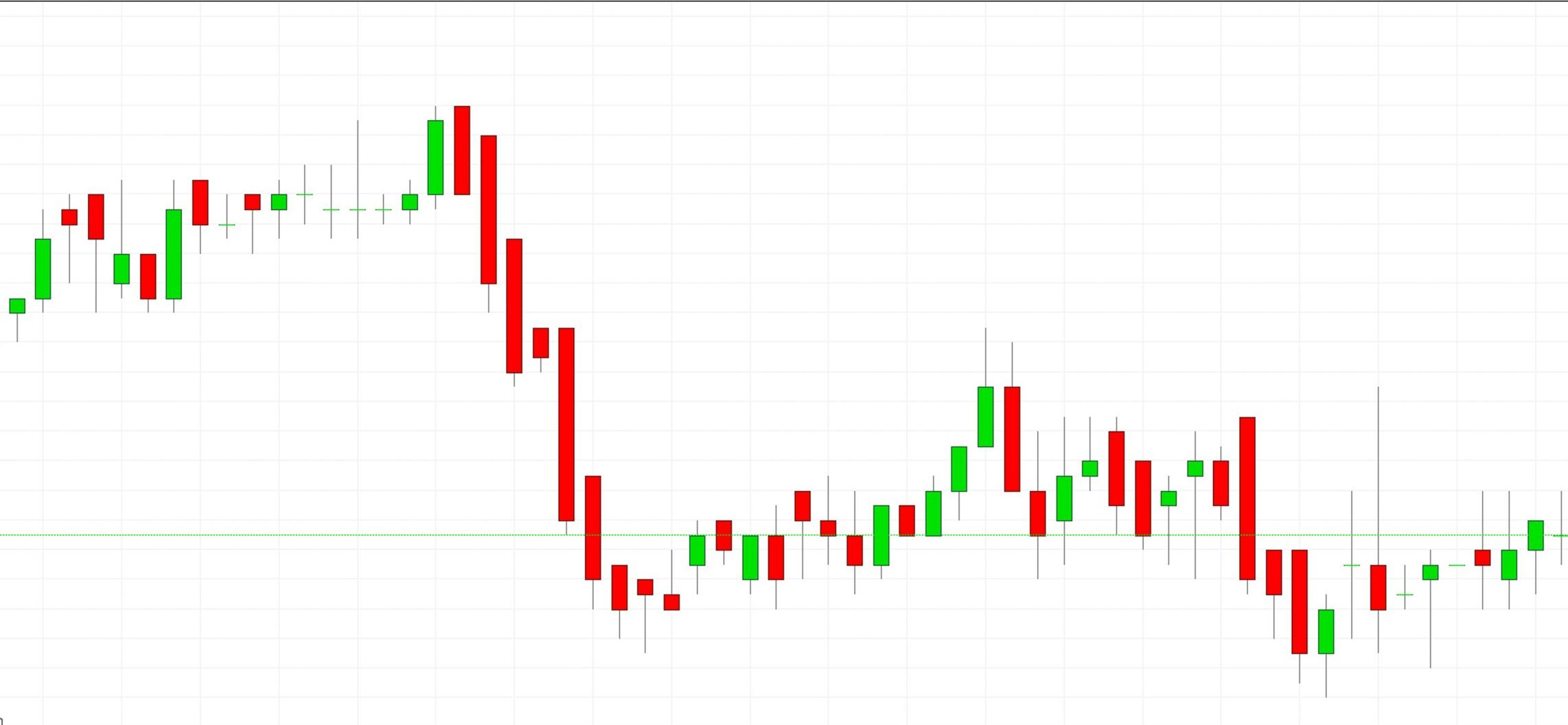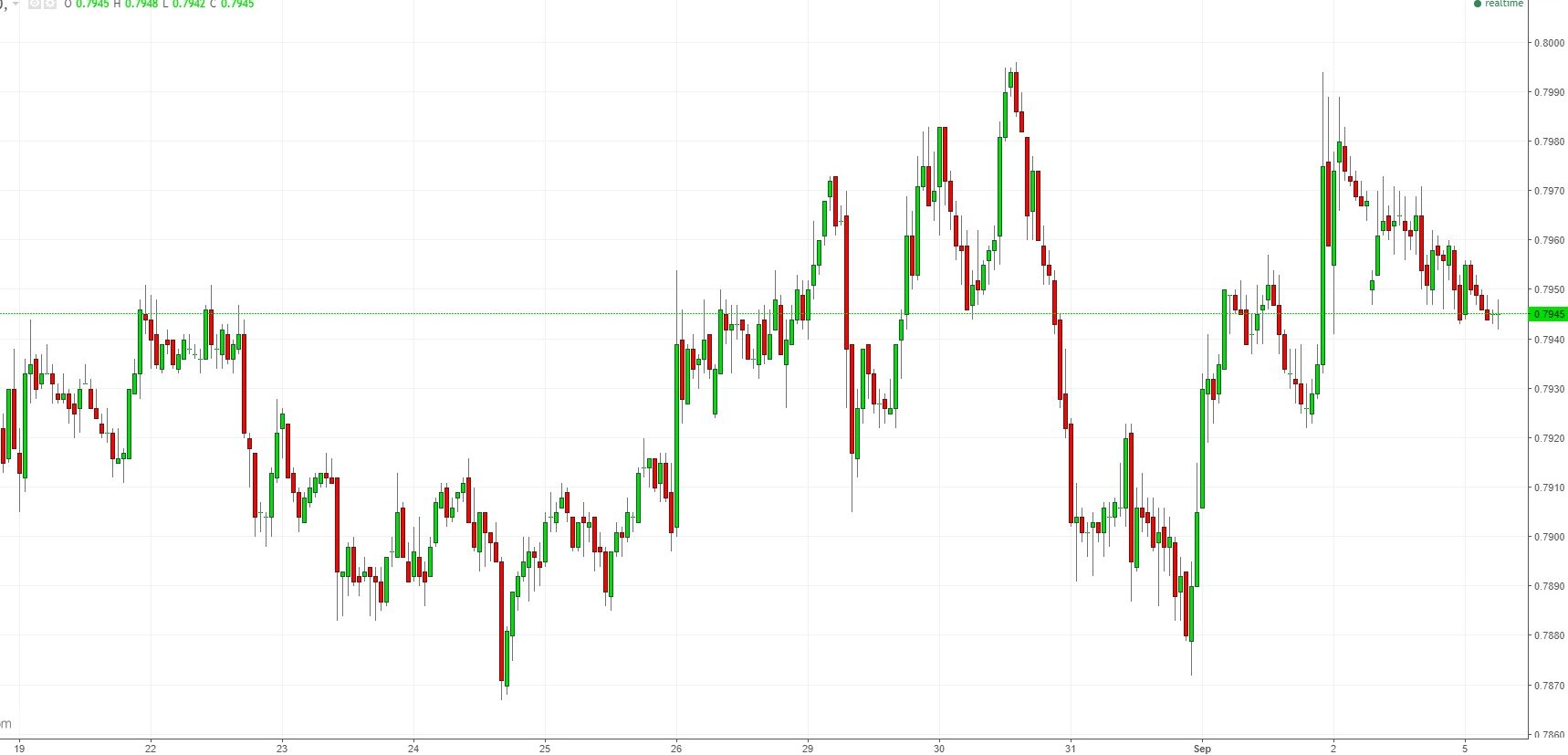Chart patterns form an important part of day trading. Candlesticks and other charts generate signals that frequently cut the price action of Noise. The best patterns will be those that can form the backbone of a profitable day trading strategy, whether trading stocks, cryptocurrencies of forex pairs. Every day you have to choose between hundreds of trading opportunities. This is the result of a variety of factors affecting the market. Day trading patterns allow you to decipher a multitude of options and dynamics – from hopes of gain and fear of loss, to short triggers, stop-losses, hedging, tax consequences and more and more. Candlestick patterns help by painting a clear picture, and flagging trading signals and signs of future price movement. While it is said that you will need to use technical analysis to successfully trade candlesticks and other patterns, it is important to note that using them to your advantage is more of an art form than an art form. rigid science. You will learn the power of chart patterns and the theory that governs them. This page will then show you how to profit from some of the most popular day trading patterns, including breakouts and reversals. Your ultimate task will be to identify the best patterns to complement your strategy and trading style.
Use in day trading
Correctly used trading patterns can add a powerful tool to your arsenal. This is because history has a habit of repeating itself and financial markets are no exception. This iteration can help you identify opportunities and anticipate potential pitfalls. The RSI, volume, plus support and resistance levels all aid your technical analysis as you trade. But stock chart patterns play an important role in identifying breakouts and trend reversals. Mastering the art of reading these patterns will help you make smarter trades and increase your profits, as highlighted in ‘stock templates for day trading’, highly rated by Barry Rudd.
Breakout & Reversal
In the patterns and charts below you will see two recurring themes, breakouts and reversals.
- Breakout – Breakout is simply when price clears a specified critical level on your chart. This level can be in any number, from a Fibonacci level, to a support, resistance, or trendline.
- Reversal – A reversal is simply a change in the direction of a price trend. That change can be positive or negative compared to the prevailing trend. You may also hear it called ‘rally’, ‘correction’ or ‘trend reversal’.
In this page you will see both play a part in many charts and templates. You can also find specific reversal and breakout strategies .
Candlestick chart
Candlestick charts are a technical tool at your disposal. They consolidate data in certain timeframes into single bars. Not only are the patterns relatively simple to explain, but trading with candlestick patterns can help you gain a competitive edge over the rest of the market. They first originated in the 18th century, where they were used by Japanese rice traders. Since Steve Nison introduced them to the West with his book ‘Japanese Candlestick Techniques’ in 1991, their popularity has increased. Below is a breakdown of three of the most popular candlestick patterns used for day trading in India, the UK and the rest of the world.
Star candle
This if usually one of the first you see when you open the pdf with candlestick patterns to trade. This bearish reversal candle shows a top. It is exactly the opposite of a hammer candle. It will not form until at least the next three green candles are made. This will indicate an increase in price and demand. Often times, buyers will lose their cool and clamor for the price to go up before they realize they’ve overpaid. The upper ball is usually twice the size of the body. This tells you the frantic buyers who ended up entering the trade just like the profitable ones offloaded their positions. Short sellers then typically force the price down near the close of the candle or near or below the open. This traps latecomers who pushed prices high. Panic usually kicks in at this point as latecomers quickly leave their positions.

Doji Candles
One of the most popular candlestick patterns for forex trading is the doji candle (doji indicates indecision). This reversal pattern is bearish or bullish depending on the previous candles. It will have close to, or the same, open and close as the long shadow. It may look like a cross, but it may have an extremely small body. You will usually get an indicator of how the reversal will go from the previous candle. If you see the previous candle as bullish, you can predict that the next candle near below the low body will trigger a sell/short sell signal when the doji drops. You will then see the trail stop above the doji high. Also, if the previous candles are bearish, the doji is likely to form a bullish reversal. On a high candle, a long trigger usually forms with a trailing stop directly below the low doji. These candlestick patterns can be used to day trade forex, stocks, cryptocurrencies and any number of other assets. But using candlestick patterns to interpret trades requires experience, so practice on a demo account before you put real money in the line.

Candle Hammer
This is a bullish reversal candle. You can use this candle to establish a capitulation bottom. These are then often followed by a price bump, allowing you to enter a long position. A hammer candle forms at the end of a downtrend and shows a short-term price bottom. The lower shadow is created by a new low in a downtrend, which then closes near the open. Tail (bottom shadow), must be at least twice the actual body size. Tails are those who stop when the shorts start to cover their position and those looking for a bargain decide to eat. Volume can also help hammer house candles. To make sure it’s a hammer candle, check where the next candle closes. It must close above the low hammer candle. Trading with Japanese candlestick patterns has become increasingly popular in recent decades, as a result of the ease of gleaning and the insights they provide. This makes them ideal for beginner charts.

More popular intraday trading patterns
Morning consolidation pattern
Many successful traders have pointed to this pattern as a significant contributor to their success. Watch out: At least four bars move in a gravitational direction. After the high or low is reached from number one, the stock will consolidate in one to four bars. High or low then exceed 10:10 am. It’s easy to see why this pattern is popular among active day traders. First, the pattern can be easily identified on the chart. Second, the model comes to life in a relatively short amount of time, so you can quickly size things up. The pattern will follow a strong distance or several bars moving in only one direction. This means that you are bound to be in a stock with volatility, an essential ingredient for intraday profits.
Late consolidation pattern
Making profits on a daily basis is difficult, so it is perhaps not surprising to know that perfecting this trading model is not easy. In a late consolidation pattern, the stock will continue to rally towards a breakout into the closing market. Watch out: Traders enter after 13:00, followed by a significant break in an already long trend line. Trendline testing starts earlier on the same day, or the day before. Finally, keep an eye out for at least four bars consolidating before breaking. There are some obvious advantages to using this trading model. The stock has an entire afternoon to run. So instead of busy mornings where you can’t miss a beat, you actually have time to kick back and watch the play develop. Also, the techniques will actually work better because the catalyst for the morning move will be subdued.
Stock model
In some markets there is fierce competition like the stock market. This is all the more reason if you want to trade successfully to use the stock chart pattern. By watching a series of stock price actions over a period of time (intraday), you will be in a better position to predict how they will behave in the future. Visit our ‘ Trading Stocks page for a detailed example of a stock trading model.
Use price action
Many strategies that use simple price action patterns are deemed too basic to yield significant returns. However, price action strategies are often simple to use and effective, making them ideal for both beginners and experienced traders. Simply put, price action is how price is likely to respond at certain levels of resistance or support. Using price action patterns from pdf and charts will help you identify both oscillators and trendlines. Whether you’re trading stocks or forex with price patterns, these easy-to-follow strategies can be applied across the board.
Regional Strategy
So, how do you start day trading with short term price patterns? Downloading the pdf will probably let you use the ‘zone strategy’. An obvious bonus to this system is that it produces simple charts, free of complicated and annoying indicators.

Danger area
This empty zone tells you that the price action is not going anywhere. With no clear uptrend or downtrend, the market is at a standstill. If you want big profits, avoid dead zones altogether. No indicator will get you to make thousands of pips here.
Red zone
This is where things start to get a little fun. Once you’re in the red zone, the ultimate goal is in sight and a hundred winners within reach. For example, if the price touches the red zone and continues to rise, you may want to enter a buy trade. It can give you higher highs and an indication that it will become an uptrend. This will be likely when the seller holds. If the price touches the red zone and continues to fall, a sell trade could be on the cards. You will have a new lower low and a hint that it will become a downtrend.
End zone
This is where the magic happens. With this strategy, you want to continuously get from the red zone to the end zone. Draw rectangles on your chart like those found in the example. Then only trade zones. If you draw red zones anywhere 10-20 pips wide, you will have room for price action to take a normal retracement before heading to the downside or to the upside.
Outside bar at resistance or support
You should see a bullish bar outside if today’s low goes past Thursday, but the stock still rallied and closed above yesterday’s high. If the exact opposite price action occurs, you will have yourself the perfect bearish example. Unfortunately, it’s not as simple as identifying an outside candle and then just placing a trade. It is wise to find an outside date after a major break of a trend.

Spring Support
Spring is when stocks test the lows of a range, but then quickly return to the trading area and start a new trend. A common mistake traders make is waiting for the last low to be reached. However, as you may have already realized, trading setups often don’t meet your exact requirements, so don’t stress about a few coins.

Less retracement no retracement
Simply put, less retracement is evidence that the main trend is strong and likely to continue. Forget about coughing above multiple Fibonacci retracement levels. The main thing to remember is that you want the retracement below 38.2%. This means that even if today’s asset tests the previous swing, you will have a greater chance that the breakout will hold or continue in the direction of the main trend.

Trading with price patterns will help you try any of these strategies. Find the one that suits your individual trading style. Remember, you will often find that the best trading chart patterns are not overly complicated, instead they paint a clear picture using minimal indicators, reducing the possibility of mistakes and distractions. .
Look at the timeframe
When you start trading with short term price patterns pdf you also need to consider the timeframes in your calculation. In your market you will find several timeframes that coexist. This means that you can find conflicting trends in the particular asset you trade. Your stock may be in a major downtrend while also in an intermediate short-term uptrend. Many traders make the mistake of focusing on a particular timeframe and ignoring the main trend that has an underlying influence. Usually, the longer the timeframe, the more reliable the signal. As you reduce your timeframes, you will be distracted by false movements and noise. Many traders download examples of short-term price patterns but ignore the underlying main trend, don’t make this mistake. You should trade off the 15-minute charts, but use the 60-minute charts to identify the main trend and the 5-minute charts to establish a short-term trend.
End
Our understanding of chart patterns dates back to Richard Schbacker’s first 1932 work in ‘Technical analysis and stock market returns’. Schbacker then asserted, ‘any general stock chart is a combination of a multitude of different patterns and its correct analysis depends on continuous research, long experience and knowledge. about all the good points, both technical and fundamental’ So while there are plenty of patterns out there, remember correct analysis and sustainable practices are needed to reap their full benefits .








